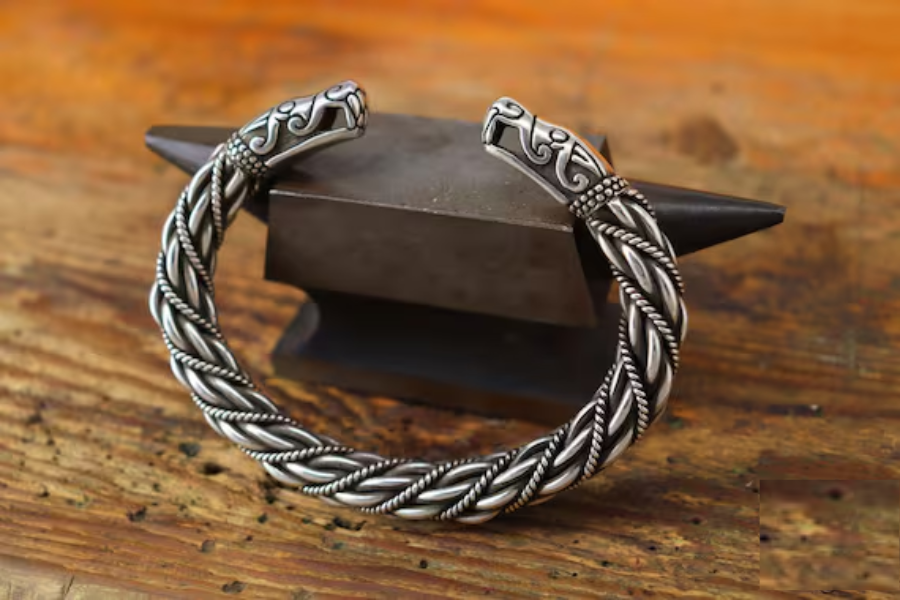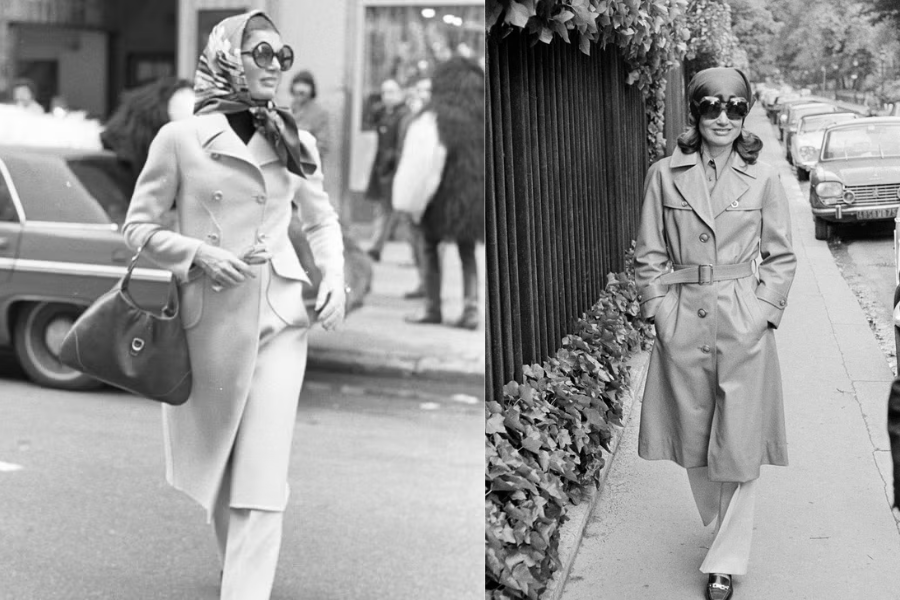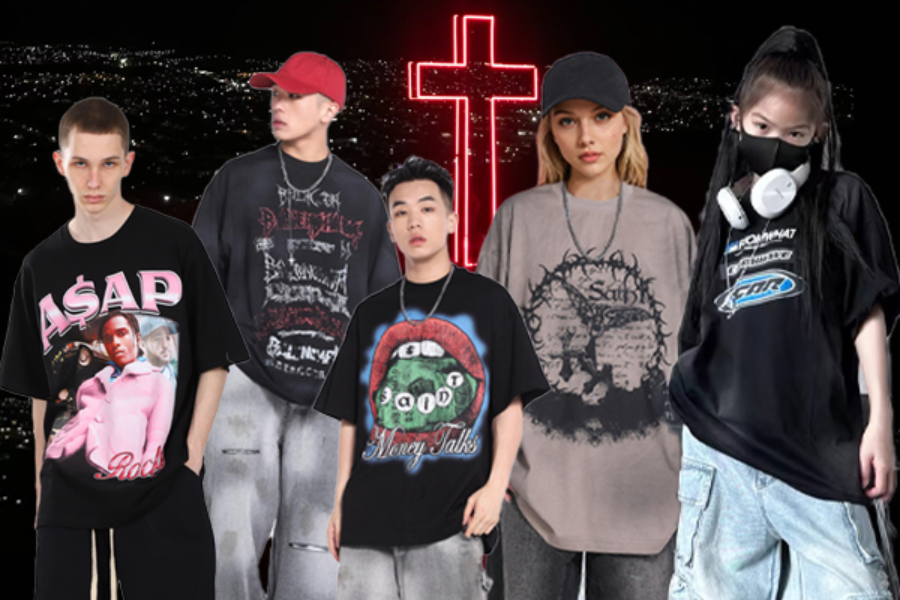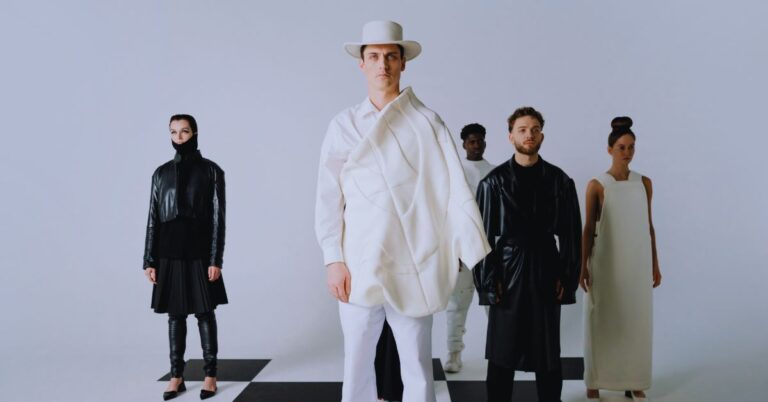Jewelry held immense importance in Viking culture, extending far beyond mere ornamentation. It was a powerful symbol of identity, often reflecting an individual’s tribe, social standing, and even their wealth and influence. For the Vikings, their adornments were not simply for aesthetic purposes – each piece carried deeper meanings. Whether they were engaged in daily tasks, hunting, or gearing up for combat, Viking jewelry consistently conveyed a message. It played a crucial role in their culture, serving as both a personal expression and a communal symbol.
Understanding the Viking Bracelet
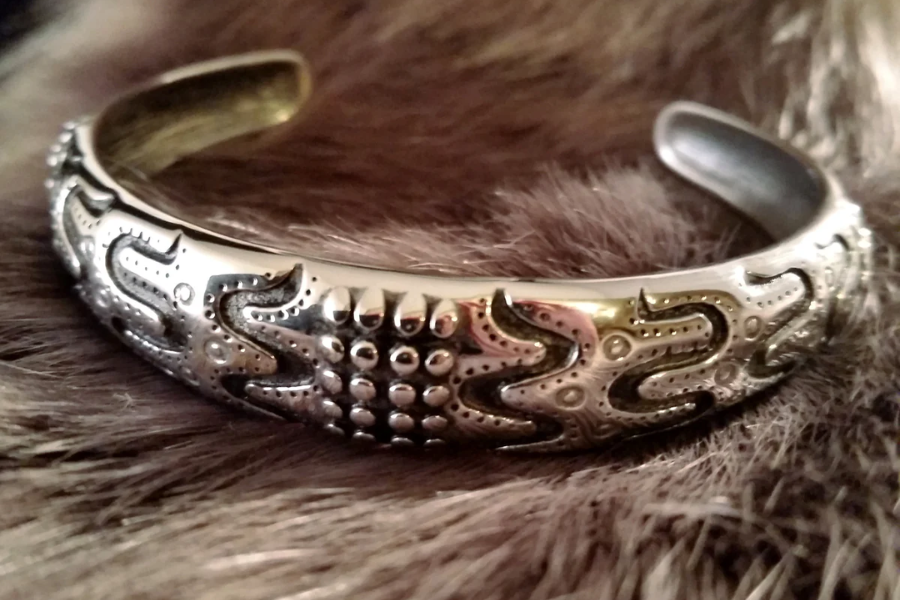
The term “Viking” originates from ancient Norwegian, where “Vik” refers to a bay or inlet. This foundational meaning contributes to the word “Viking,” which essentially refers to pirates. The Vikings are thought to have emerged from Scandinavia, with their descendants being the Swedes, Danes, and Norwegians. However, not every individual from these regions was a Viking; the term specifically applies to those who participated in raiding and exploration during the Viking Age.
Types of Jewelry Worn by Vikings
Vikings had a deep affinity for jewelry, adorning themselves with intricate pieces they often crafted themselves. The metals most commonly used were silver and bronze, and jewelry served a significant function in signifying one’s social rank within the structured Viking society. Women, in particular, were drawn to bronze brooches and bracelets, while earrings were less frequently worn.
Viking jewelry designs were unique, drawing inspiration from their mythology and culture. Symbols such as runes, the tree of life, Thor’s hammer, and various triangular shapes featured prominently, each carrying profound meanings. Additionally, animal imagery was often incorporated, reflecting the Vikings’ close connection with nature and their spiritual beliefs.
These ancient motifs continue to influence modern jewelry, with brands like Gthic offering pieces inspired by Viking and Nordic mythology, keeping these timeless designs alive in today’s fashion.
What Do Viking Bracelets Symbolize?
Viking bracelets carried profound meaning within their culture, standing out as one of the most crucial forms of jewelry. Unlike the casual accessories worn today, Viking bracelets were not merely decorative but conveyed deep symbolism. Wearing one was an expression of honor, often signifying significant achievements, individuality, and the hard-earned efforts of the wearer. Viking bracelets became distinctive markers of one’s standing and accomplishments in Viking society.
Among the various forms of Viking jewelry, bracelets held particular importance, symbolizing success and milestones in life. These pieces often celebrated extraordinary deeds and distinguished their wearers within their communities.
Viking Oath Bracelet
The Vikings were renowned for their unwavering loyalty to oaths, and the Viking oath bracelet was a tangible reminder of this commitment. It served as a daily symbol for the wearer, encouraging them to remain steadfast in their promises and to uphold their word, a core value in Viking culture.
Viking Torc (Torque) Bracelet
While the torc originated as a neck ring in Celtic culture, it later became a significant piece in Viking jewelry. Dating back to approximately 1200 BC, the torc was a symbol of a free-born individual’s status in the tribe. It represented autonomy and independence, often worn alongside other jewelry like armbands and wristbands.
Viking Dragon Bracelet
Dragons were revered in Viking culture, often appearing on their warships as symbols of power, protection, and courage. The Viking dragon bracelet, adorned with intricate dragon patterns, conveyed similar meanings. It was believed that wearing such a bracelet bestowed strength and bravery, particularly for warriors setting off on perilous adventures.
These bracelets were more than mere accessories; they were powerful emblems laden with cultural and spiritual significance, serving as reminders of one’s heritage, commitments, and inner strength.
Key Facts
Cultural Significance: Viking bracelets were more than just ornamental; they were deeply symbolic. They often represented social status, personal achievements, and spiritual beliefs. Wearing a Viking bracelet was a statement of pride and honor in Viking society.
Materials Used: Vikings primarily crafted their bracelets from metals like silver, bronze, and occasionally gold. These materials were chosen for their durability, beauty, and cultural value.
Types of Viking Bracelets:
- Viking Oath Bracelet: Symbolized loyalty and commitment to one’s oaths. It served as a constant reminder to honor one’s promises.
- Viking Torc Bracelet: Originally a neck ring in Celtic culture, the torc became a symbol of a person’s free-born status and independence when worn as a bracelet.
- Viking Dragon Bracelet: Adorned with dragon motifs, this bracelet symbolized strength, courage, and protection. Dragons were powerful symbols in Viking culture, often associated with warriors and their bravery.
Designs and Symbols: Viking bracelets often featured intricate designs inspired by Norse mythology, runic symbols, and animal motifs. These designs reflected the Vikings’ beliefs in nature, gods, and mythical creatures.
Social Hierarchy: In Viking society, jewelry like bracelets was an important marker of social standing. Higher-status individuals often wore more elaborate and intricate jewelry, signaling their wealth and power.
Spiritual and Protective Role: Many Viking bracelets were believed to carry protective and spiritual significance. They were thought to bring good luck, strength, and protection, especially during battles or dangerous journeys.
Enduring Legacy: Today, Viking bracelets continue to influence modern jewelry. Designs inspired by Viking symbols and motifs remain popular, especially in brands like Gthic, which draw from Nordic and Viking heritage.
In Summary
Viking bracelets were far more than mere adornments; they were symbols of status, achievement, and spiritual significance within Viking society. Crafted from durable metals like silver and bronze, these bracelets often featured intricate designs inspired by Norse mythology, animals, and runic symbols. Specific types of Viking bracelets, such as the Viking Oath Bracelet, Viking Torc, and Viking Dragon Bracelet, each carried unique meanings related to loyalty, independence, and courage. These pieces acted as constant reminders of personal identity and a connection to Viking values. Today, modern jewelry brands like Gthic continue to draw inspiration from these ancient symbols, ensuring the rich legacy of Viking culture is preserved in contemporary fashion.
Frequently Asked Questions
- What Do Viking Bracelets Represent?
Viking bracelets are symbols of personal identity, honor, and achievements. They reflect a person’s social standing, spiritual beliefs, and their connection to Viking values, often referencing Norse gods and the courage of warriors. - Which Materials Were Used to Make Viking Bracelets?
Vikings primarily used silver, bronze, and occasionally gold for crafting their jewelry. These metals were prized for their beauty, durability, and strength. - What Is the Viking Oath Bracelet?
The Viking Oath Bracelet was a piece of jewelry worn to remind the wearer of their commitment to their vows. It symbolized loyalty, honor, and the importance of maintaining promises in Viking culture. - What Is a Viking Torc Bracelet?
The Viking Torc is a bracelet inspired by a neck ring originally found in Celtic cultures. It came to symbolize free-born status and independence, often worn by individuals of high social rank in Viking society. - What Does a Viking Dragon Bracelet Signify?
The Viking Dragon Bracelet represented courage, strength, and protection. The dragon, an iconic symbol in Viking culture, was believed to bring good fortune and bravery, especially for those facing danger on their journeys. - Are Viking Bracelets Still Popular Today?
Yes, Viking-inspired jewelry remains popular in modern times. Many contemporary jewelry brands, such as Gthic, offer pieces that incorporate ancient Viking symbols, blending historical cultural elements with modern fashion trends.
Stay in touch to get more updates & alerts on Live Hint! Thank you
